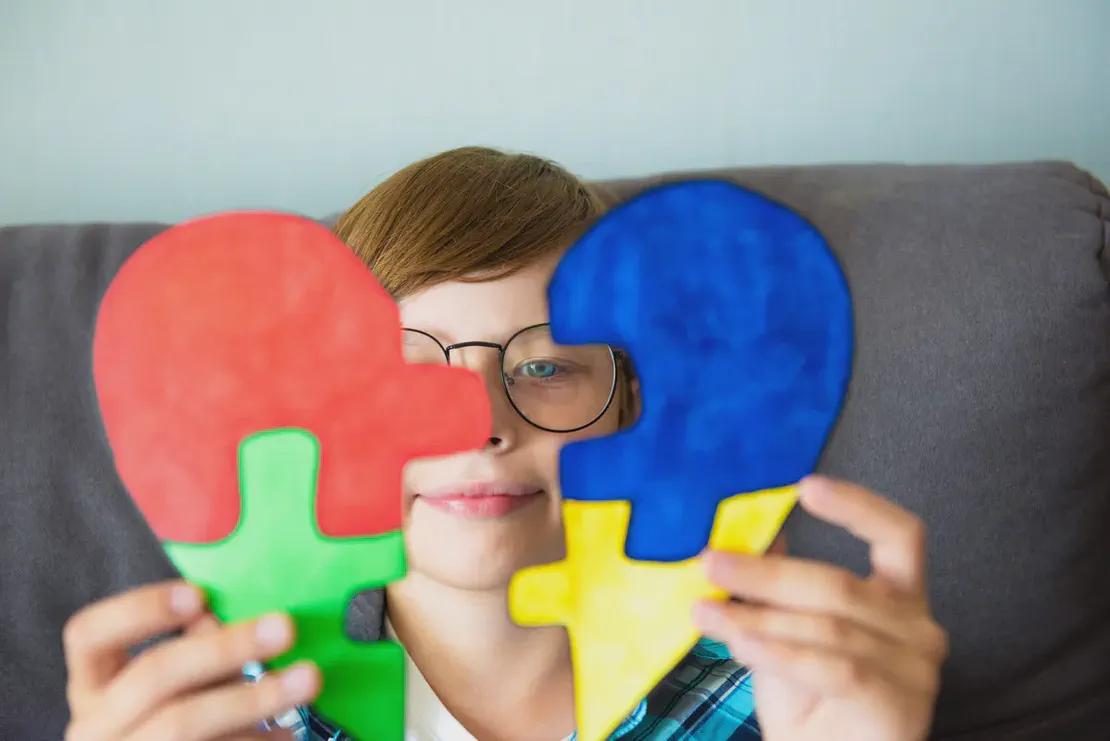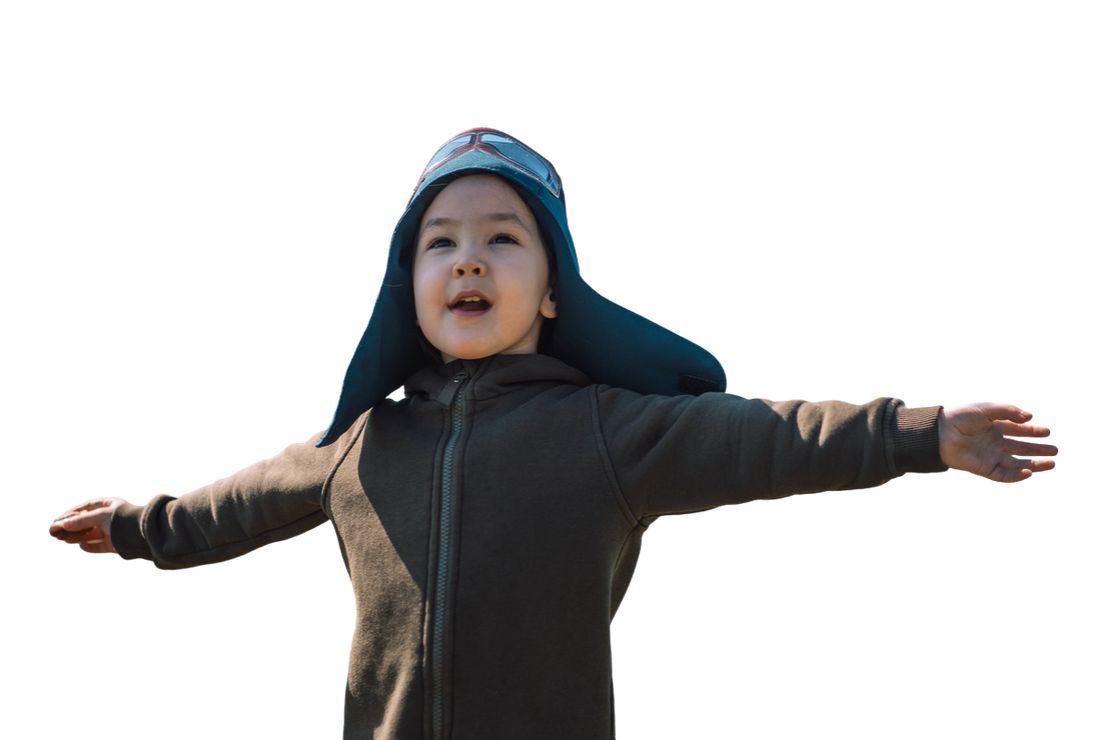Talking or Communicating?
To distinguish between these two actions, it is necessary to examine what each one entails.
Talking involves expressing feelings and thoughts through verbal statements to someone who intends to communicate with us. When we talk, many actions occur, such as indicating intent, seeking approval, objecting, sharing learned interests, or receiving information from the other party. During a conversation, the speaker needs to express themselves, while the listener must exhibit skills such as listening, maintaining attention, and waiting. This mutual harmony and coordination result in a two-way verbal exchange.
Communication, although often defined as the exchange of words in a sentence, actually refers to our intent to convey information or a message, and the other party’s readiness to receive it with the same intent. This process holds a different meaning for children. From the moment a baby begins to exist in its mother’s womb, it starts communicating with its mother and the world. For instance, when a baby feels the mother’s touch in the womb, it might kick, creating a form of communication between mother and baby without the need for verbal expression. Thus, our journey of communication with the world begins in this way.
How Do We Evaluate A Child’s Communication Skills?
Each child develops communication skills specific to their developmental stage. In early childhood, we expect children to develop basic skills such as joint attention, sharing emotions, responding to shared emotions, smiling, and creating communication signals through body language, gestures, facial expressions, or verbal cues. As the child grows, these skills become more complex, leading to the development of pragmatic language skills and later, social problem-solving skills. Throughout this process, we assess children through neurological and developmental evaluations, and if delays or stagnation in communication skills are detected, we provide guidance based on the needs of the child and their family.
When examining the social communication skills of children with Autism Spectrum Disorder (ASD), we often observe difficulties in non-verbal communication, forming intent to communicate, reading the intentions of others, using and interpreting gestures and facial expressions, and sharing and expressing emotions.
How Do We Support Communication Skills?
As therapists aiming to support the communication capacities of children who struggle with social communication skills, we manage this process by considering the child’s developmental level and involving the family in the process. We begin by observing the child’s daily life, play, and activities, focusing on their interests, touches, what they see, the objects/foods they smell, and their movement patterns. What helps them feel calm, happy, and relaxed throughout the day? While observing all this, it is essential for us to offer sensory experiences in the child’s daily life to help them derive pleasure from the world around them.
The primary goal in this process should not be to force the child to communicate but to encourage them to build relationships and increase their participation. While playing with the child, making different sounds, attempting to establish relationships through their favorite toys, adapting to their pace and rhythm, understanding, and reflecting the emotions they experience during play will strengthen the bond between you and the child. Taking on an instructive role, ignoring the child’s communication signals, or adopting a demanding attitude during the process may harm the connection between the therapist and the child.
Our Intervention Program For Children With Difficulties/Delay In Social Communication Skills
At our clinic, we evaluate the child’s developmental areas holistically with a multidisciplinary approach. After being evaluated by a Pediatric Neurologist, children are referred to us based on their needs, and we conduct cognitive, physical, sensory, and general developmental assessments. As therapists, including Child Development Specialists, Occupational Therapists, and Physiotherapists, we particularly support children in the 0-3 age range who experience difficulties in social communication skills through the early intervention program called ‘D.I.R. Floortime.’
So, what is D.I.R. Floortime?
DIR (Developmental, Individual-differences, & Relationship) is a developmental, individual differences, and relationship-based model. DIR provides a fundamental framework for understanding human development and how each individual perceives and interacts with the world differently. It highlights the critical role of social-emotional development in overall human growth, which begins at birth and continues throughout life. The model emphasizes the power of relationships and emotional connections in supporting development.



